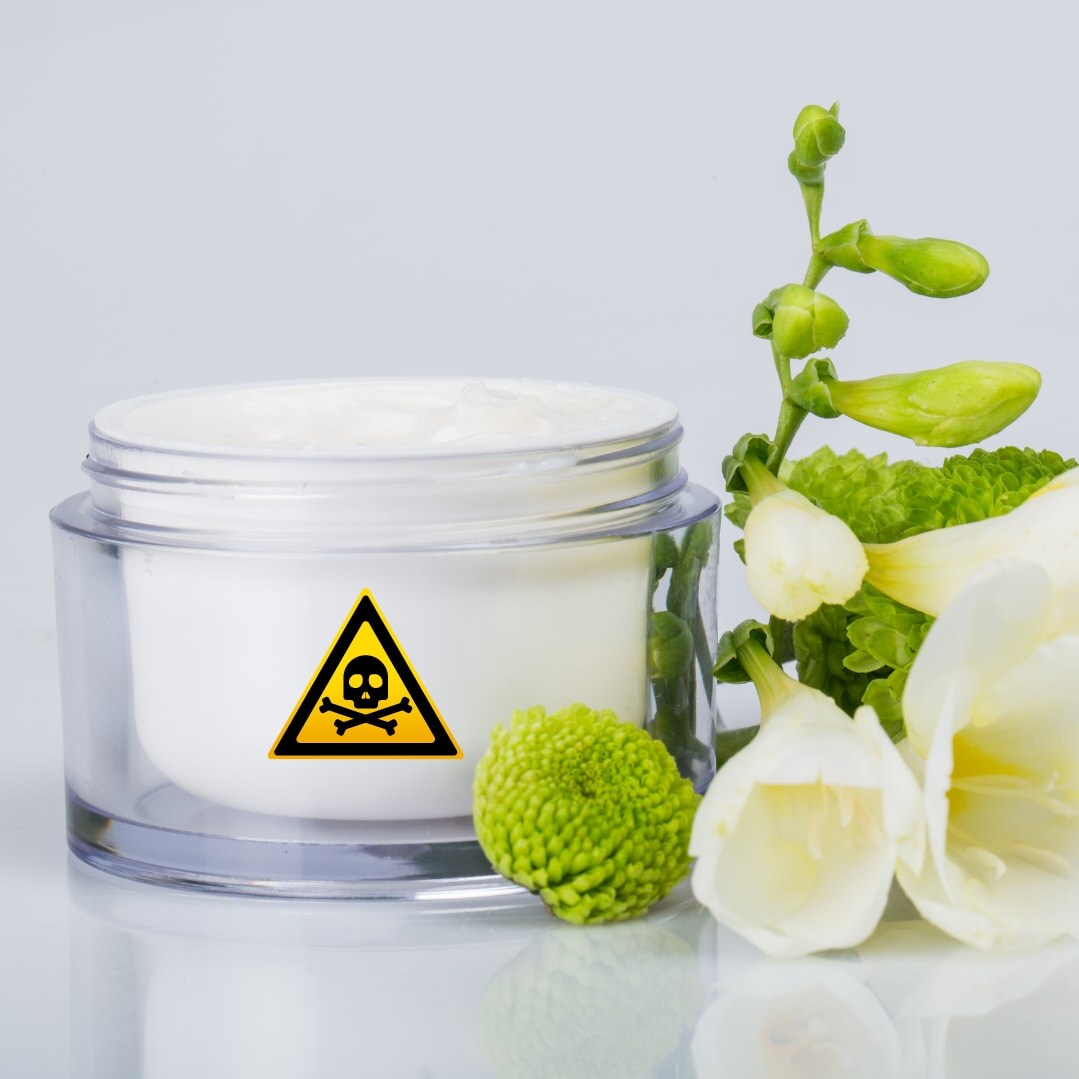The Journal of Drugs in Dermatology (JDD) just released an insightful and thought-provoking paper in collaboration with si SKIN Organics, discussing “Disparities in Skincare Product Development, Marketing, and Toxicity for Latinas.” According to JDD, Hispanics/Latinx are considered the “heaviest buyers” in skincare, plus the fastest-growing ethnic beauty market segment.
The Latinx and Hispanic community spend $59 per month, use over six products, and dedicate more time to their daily beauty routine than other races and ethnic groups. However, the majority feel underrepresented in advertising, 38% percent don’t think skincare brands create products for their age, and 17% don’t believe brands consider their skin tone when launching products. “Now is the time to finally recognize the groups that have been overlooked in the beauty and skincare industries,” said Aileen A. Dow, founder of si SKIN Organics, to HOLA! USA.
Hispanic/Latinx and other people of color are disproportionally exposed to chemicals in skincare products due to the lack, limited, or inconsistent disclosure requirements for cosmetics. As reported by the JDD, compounds like phthalates, parabens, phenols, polycyclic aromatic hydrocarbons, siloxanes, and other chemicals that release mercury, aluminum, lead, arsenic, and copper, can cause endocrine disruption, cancer, reproductive harm, and impaired neurodevelopment in children, if ingested, inhaled or absorbed through the skin.
Mercury, known for decreasing melanogenesis and pigment production, is one of the toxic chemicals that’s Hispanic/Latinx are commonly exposed to. The “Disparities in Skincare Product Development, Marketing and Toxicity for Latinas” revealed that when Latinas use skin-lightening creams for cosmetic reasons or to treat disorders of hyperpigmentation, like melasma and post-inflammatory hyperpigmentation, they are highly exposed to this toxic chemical. Unfortunately, Mercury continues been unregulated. Products containing this compound can be purchased outside of the US and easily imported and used by Hispanic/Latinx.
“To develop inclusive skincare solutions, brands must recognize that specific beauty needs, ingredient efficacy, and product tolerability may differ among individuals,” the expert said.
According to the JDD, the US FDA doesn’t monitor cosmetics the same way they do with the chemicals that go into foods, drugs, and medical devices. Since cosmetics don’t need approval from the FDA, as of this writing, only 11 chemicals are prohibited or restricted. To help consumers and raise awareness regarding the under-representation of Latinas within the skincare industry and the associated risks and disparities, Latina-owned business, si SKIN Organics, and other independent organizations and advocacy groups are focusing on the promotion of formulas that benefit the consumer and are safer while educating populations with skin-of-color about the risks and how to make informed skincare choices.
“This call to action for greater inclusivity and diversity within skincare,” Dow added. “[It] starts with education, increasing industry awareness, and broader public advocacy. The ultimate goal is safe and effective solutions for all, as a result of a consumer-focused product research, development, and testing.”
,type=downsize)
